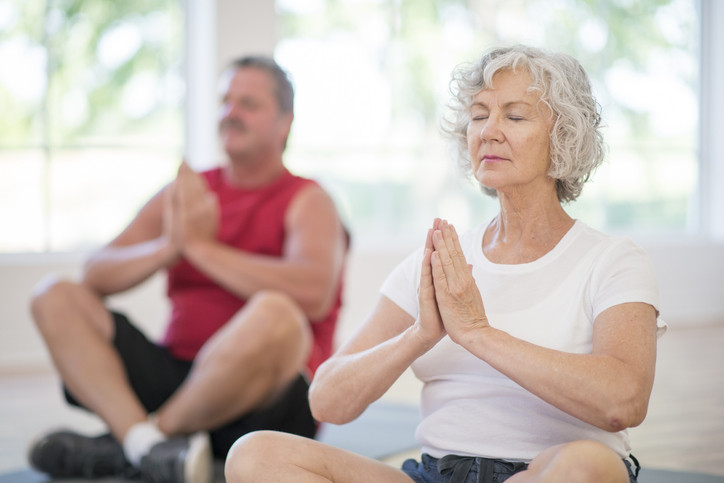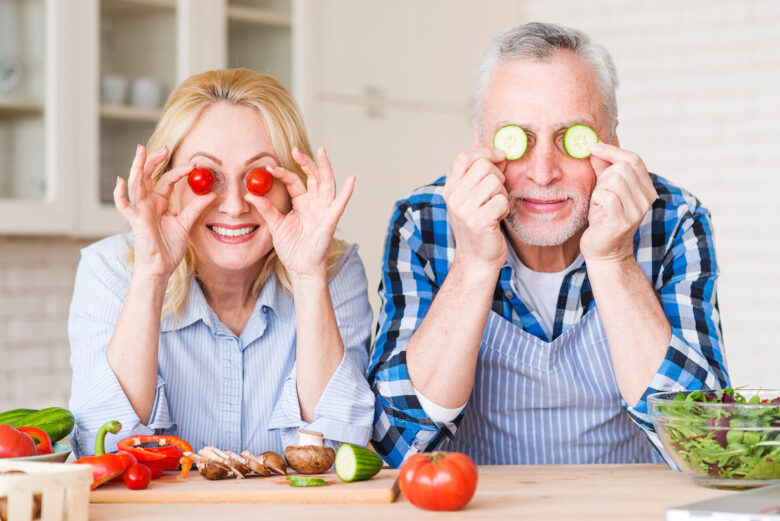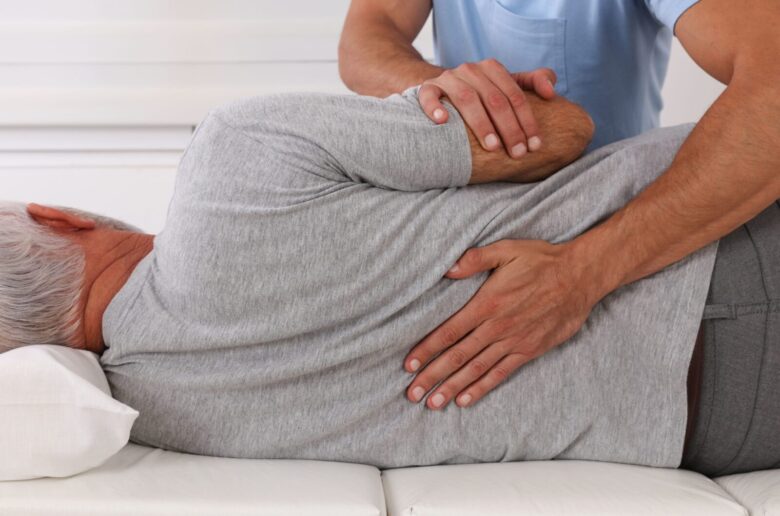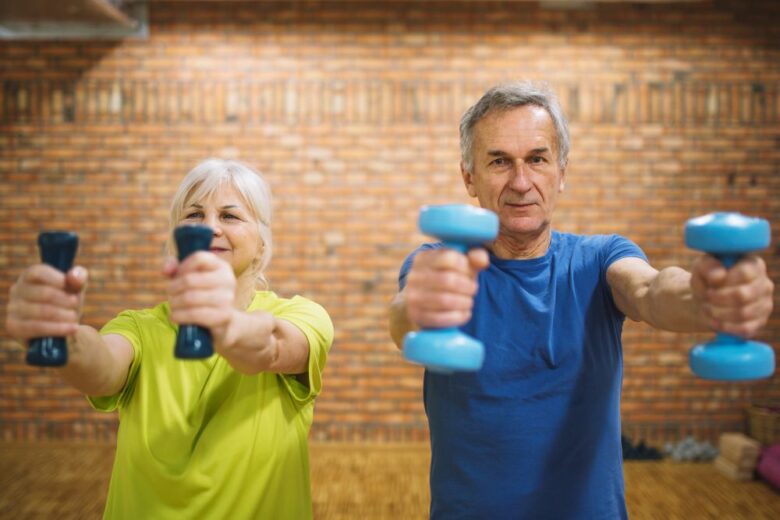As people age, they often encounter various health challenges, with chronic pain being a prevalent issue among seniors. Chronic pain is persistent or recurring discomfort that lasts beyond the expected healing time, typically lasting for three to six months or longer.
About 51.6 million U.S. adults experienced chronic pain in 2021, making it a common problem for many. The duration and intensity of the pain require seniors with the pain to seek medical help. Traditional pain management methods may involve medications, but holistic approaches are gaining popularity for their comprehensive and patient-centered strategies.
If you or your loved one are dealing with chronic pain, it may be worth exploring holistic approaches to pain management to find relief. Here are some helpful holistic approaches you can embrace this year.
Mind-Body Techniques

- Source: health.harvard.edu
One key aspect of holistic pain management is the incorporation of mind-body techniques. Practices such as meditation, deep breathing exercises, and guided imagery can help seniors relax, reduce stress, and alleviate pain. Mindfulness meditation may help pain reduction by promoting a heightened awareness of the present moment.
Individuals can start with short, guided meditation sessions, gradually increasing the duration as they become more comfortable. These techniques provide immediate relief and empower individuals to manage their pain independently.
Physical Activity and Exercise
Encouraging seniors to engage in regular physical activity and exercise is crucial for pain management. Gentle exercises like yoga and tai chi improve flexibility, strength, and balance, reducing the risk of falls and enhancing overall mobility. Additionally, the release of endorphins during exercise is a natural pain reliever.
Creating a personalized exercise plan with the guidance of a healthcare professional ensures that seniors engage in activities suitable for their fitness levels and medical conditions. Group classes or virtual sessions can add a social component to the exercise routine, promoting motivation and adherence.
Nutritional Interventions

- Source: genuineglobalcare.com
Holistic pain management also involves a focus on nutrition. A well-balanced diet rich in anti-inflammatory foods, such as fruits, vegetables, and omega-3 fatty acids, can help reduce chronic pain. Certain spices like turmeric, known for its anti-inflammatory properties, can be incorporated into daily meals. Adequate hydration is equally essential for joint health and pain prevention.
Collaborating with a nutritionist can help seniors design a diet plan tailored to their needs. Regular check-ins and adjustments ensure the nutritional approach aligns with the individual’s health goals.
Acupuncture and Acupressure
Traditional Chinese medicine practices like acupuncture and acupressure have gained recognition for their efficacy in pain relief. These techniques involve stimulating specific points on the body to promote energy flow. Seniors may find relief from chronic pain conditions, such as arthritis, through these non-invasive and holistic approaches.
Regular sessions with a qualified practitioner can provide sustained relief. It’s essential to communicate openly about pain levels and any changes experienced during or after the sessions to refine the treatment plan accordingly.
Accessible Bathroom Modifications
Creating a pain-friendly living environment is an often overlooked aspect of holistic pain management. Seniors may experience discomfort or fear of falls while using the bathroom. Installing an accessible walk-in shower can significantly enhance safety and independence. One of the many advantages of walk in shower kits from a reputable company is that the shower stall is designed with accessibility in mind. These kits can also include grab bars and seating options, making it easier for seniors with chronic pain to use the space with support and reduce the risk of falling, which can contribute to further pain.
Consulting with an occupational therapist can provide personalized recommendations for home modifications. Consideration of individual needs and preferences ensures that the changes effectively address pain-related challenges.
Massage Therapy

- Source: fromthehearthomecaresc.com
Massage therapy is another holistic approach that can relieve pain and improve overall well-being in seniors. The gentle manipulation of soft tissues helps to reduce muscle tension, improve circulation, and alleviate pain. Various massage techniques, including Swedish and deep tissue, can be tailored to the individual’s preferences and needs.
Exploring different massage styles allows seniors to discover what works best for them. Regular massage appointments contribute to physical well-being and serve as a valuable self-care practice.
Cognitive-Behavioral Therapy (CBT)
Addressing the psychological aspects of pain is crucial in holistic pain management. Cognitive-behavioral therapy (CBT) helps seniors identify and change negative thought patterns related to pain. By fostering a positive mindset and coping strategies, CBT empowers individuals to manage pain more effectively, improving their overall quality of life.
Integrating CBT into routine healthcare appointments ensures ongoing support and adjustment of strategies as needed. CBT exercises at home reinforce the skills learned during therapy sessions.
Herbal and Alternative Remedies
Herbal supplements and alternative remedies, when used under professional guidance, can complement holistic pain management strategies. For example, supplements like glucosamine and chondroitin sulfate have been associated with improved joint health.
Consultation with a healthcare provider is essential to ensure the safety and efficacy of these complementary approaches. Regular follow-ups with a healthcare provider help monitor the impact of herbal remedies on pain management. The dosage or recommendations may be adjusted based on the individual’s response and evolving health conditions.
Holistic Lifestyle Changes

- Source: familydoctor.org
Adopting holistic lifestyle changes can significantly impact pain management for seniors. This includes establishing consistent sleep patterns, managing stress through relaxation techniques, and fostering social connections. Adequate sleep plays a crucial role in pain perception and overall well-being, while social interactions contribute to emotional support, reducing the psychological impact of chronic pain.
Integrating these lifestyle changes enhances the effectiveness of holistic approaches, promoting a comprehensive and sustainable strategy for managing pain in seniors.
Conclusion
As the landscape of healthcare evolves, acknowledging and integrating holistic pain management strategies into the standard care for seniors is vital, ensuring a more holistic and patient-centered approach to aging gracefully and comfortably.
Holistic approaches to pain management in seniors offer a well-rounded, patient-centred perspective beyond traditional medical interventions. In embracing these holistic approaches, seniors are addressing the symptoms of pain and are actively engaging in a comprehensive lifestyle that promotes health and vitality. This approach fosters a sense of empowerment as individuals become active participants in their well-being journey, making choices that positively impact their physical, emotional, and social health.

